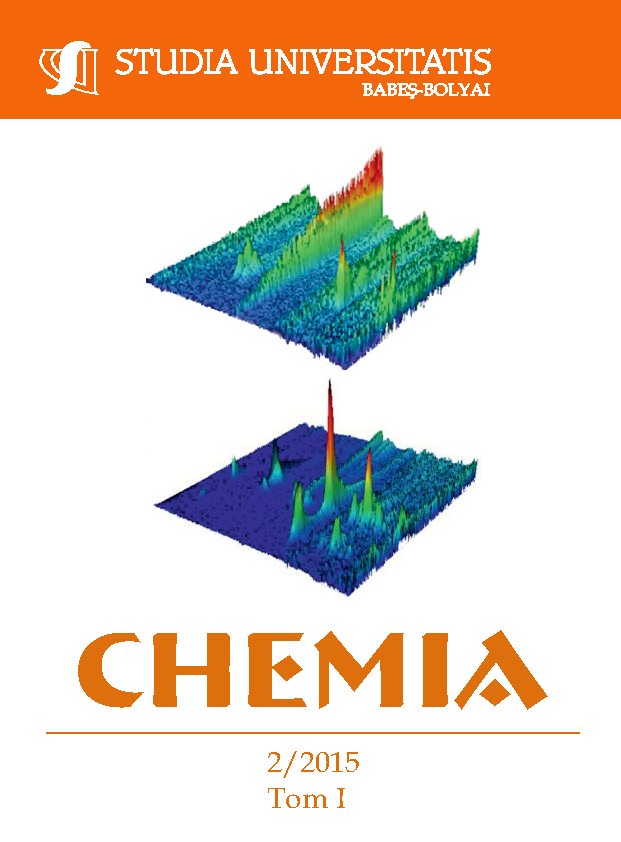COMPARATIVE EVALUATION OF THE APICAL SEALING ABILITY OF FOUR DENTAL MATERIALS USED IN ENDODONTIC SURGERY – AN IN VITRO STUDY
Keywords:
Electronic microscopy, Composite cements, Cement paste, MTAAbstract
The aim of this in vitro study was to assess dye microleakage and sealing ability of four dental materials: a polycarboxilate cement (Adhesor Carbofine® - Spofa Dental), a glass ionomer cement (Kavitan Plus®- Spofa Dental), a composite resin (Core-It®- SpiDent) and a MTA based cement (MTA Fillapex®- Angelus). Forty, extracted, human teeth with single root canals were selected for this study. The teeth were randomly divided into four study groups and one control group. The root canals were instrumented and filled with gutta-percha and sealer. Root-ends were resected, and 3 mm deep cavities were prepared. Root-end cavities were filled, each with a type of material. Methylene blue dye was used for determination of dye leakage. Afterwards, Scanning Electron Microscopy was used to evaluate the sealing ability of each material. Kolgorow-smirnow z test was used to determine the type of data distribution. One-way analysis of variance (ANOVA) followed by a Tukey test were used to determine the statistical difference between groups, with P < 0.05 set as significant. All the four sealers produced apical leakage to a certain extent and there was no statistically significant difference between the five experimental groups. For SEM evaluation, the results showed that there is a statistically significant difference between the control group and the Adhesor Carbofine group. MTA based cement provides leakage results comparable to other commonly used root-end filling materials.
References
Ashraf H., Faramarzi F., Paymanpour P., Iranian Endodontic Journal, 2013, 8, 177.
Moradi S., Ghoddusi J., Forghani M., Journal of Endodontics, 2009, 31, 1563.
Kazem M., Mahjour F., Dianat O., Fallahi S., Jahankhah M., Root-end filling with cement-based materials: Dental Research Journal (Isfahan), 2013, 10, 46.
Friedman S., Journal of Endodontics, 2011, 37, 577.
Torabinejad M., Ford P., Rooi T.R., Endodontics and Dental Traumatology, 1996, 12, 161.
Priyanka S.R., Journal of Medical and Dental Sciences, 2013, 9, 20.
Castelucci A., Endodontics, Second edition. Il Tridente, 2003, 548.
Kumar N.S., Palanivelu A., Narayanan L.L., Journal of Conservative Dentistry, 2013, 16, 449.
Shahi S., Yavari H.R., Rahimi S., Eskandarinezhad M., Shakouei S., Unchi M., Journal of Oral Sciences, 2011, 53, 517.
G. Nicula, St. Balici, A. Florea, E. Mironescu, R. Munteanu, P. Murea, Gh. Benga, Annals of the Romanian Society for Cell Biology, 2010, 15, 22.
Flegler S.L., Heckman J.W., Komparens K.L., Scanning and transmission electron microscopy: an introduction, W.H. Freeman and Comp., New York, 1993, 151.
Dudea D., Florea A., Mihu C., Câmpeanu R., Nicola C., Benga Gh., Romanian Journal of Morphology and Embryology, 2009, 50, 435.
Khalid, Al-Garawi Z., Al-Hezaimi K., Javed F., Al-Shalan T., Rotstein I., International Journal of Oral Sciences, 2012, 202.
Ahlberg K.M., Assavanop P., Tay W.M., International Endodontic Journal, 1995, 28, 30.
Tamse A., Katz A., Kablan F., International Endodontic Journal, 1998, 31, 333.
Wu M.K., Wesselink P.R., International Endodontic Journal, 1993, 26, 37.
Ozata F., Erdilek N., Tezel H., International Endodontic Journal, 1993, 26, 241.
Vasudev S.K., Goel B.R. TS, ABSTRACT. Endodontology. 2003, 15, 12.
Kamel F.M., Saudi Dental Journal, 1994, 6, 107.
Torabinejad M., Higa R.K., McKendry D.J., Pitt Ford T.R., Journal of Endodontics, 1994, 20, 159.
Tang H.M., Torabinejad M., Kettering J.D., Journal of Endodontics, 2002, 28, 5.
Yoshino P., Nishiyama C.K., Modena K.C.D.S., Santos C.F., Sipert C.R., Brazilian Dental Journal, 2013, 24, 111.
Downloads
Published
How to Cite
Issue
Section
License
Copyright (c) 2015 Studia Universitatis Babeș-Bolyai Chemia

This work is licensed under a Creative Commons Attribution-NonCommercial-NoDerivatives 4.0 International License.



